| | Ah, “cool” weather again – with highs in the mid to low 80s for the next week. Great to be able to leave the house completely open, all windows and screen doors letting the flow of air move in and out all day long and into the evening. This is definitely the blessing of living in Southern California! Tomato Tasting “Trials” We’ve been enjoying tomatoes every evening with dinner since we picked the first 10 Sungold cherry tomatoes on June 7. To date, we’ve picked 212 tomatoes of 11 different varieties, although a perhaps more accurate set of totals is 152 Sungold and 60 non-cherry types. The first to be picked were Sungold, Ace, and Cherokee Purple, then Celebrity started with a couple of fruits every day, Stupice and Jaune Flamme, then just yesterday the Big Rainbow and Brandy Boy and Pink Brandywine and Black Krim. Here’s a rundown of my preferences so far, in alphabetical order: Ace – 7 smallish “salad” types (bigger than a large cherry tomato, but not as large as a “midsize” tomato. OK but not astounding flavor. Big Rainbow – 3 “midsize” brilliantly orange but with no interior color flashes, so I’m wondering if they were mislabeled, perhaps really Tangerine that I grew last year. Okay flavor, but really more for the color. Black Krim – 1 huge brownish fruit that tastes like it’s already been slightly salted and is my second favorite after Cherokee Purple. Brandy Boy – 2 huge almost-maroon colored cross of Brandywine and Better Boy, okay flavor but not what I’d say is better than either of its parents. Pink Brandywine – 1 huge pinkish-maroon colored fruit slightly mushy texture, okay flavor. Celebrity – 16 mid-to-large fruits from 4 plants that I always grow as my mainstay tomato since I like its balance of acid and sugar. Cherokee Purple – 5 huge reddish-brownish-maroon fruits that are the best-tasting and sweetest but not cloyingly so that I also grow every year because they’re so yummy. And I love feeling that I’m carrying on the appreciation of the historical story of the seeds having been brought along the Cherokee Trail of Tears. Jaune Flamme – 6 orange large nicely flavored cherry size. A friend grows this as her only tomato on her tiny south-facing balcony. Stupice – 5 small-to-midsize fruits that have nice and slightly acidy flavor that are among the first to ripen. I started growing them for my Mom since both she and they came from Yugoslavia. Sungold – 137 small fruits that turn orangy-gold when they’re ripe, even though they tend to split as they’re not-so-easily-pulled from the plant. I accommodate this by separating the split and unsplit ones when I wash them, eating the split ones immediately, and saving the unsplit ones for later. Yet to Taste The other varieties, although loaded with fruit, haven’t ripened to the point where I’ll pick them yet – Chocolate Stripes, Odoriko, Pineapple, and Green Zebra. Isis Candy doesn’t have any fruit yet on its not-very-strong plant, but it’s planted in a space that I didn’t provide with extra manure and fertilizer, so I’ll feed it again now and hope for something; I’ll try it again next year and give it more initial attention. When to Pick The trick to picking tomatoes is to leave them developing until you feel a slight “give” as you gently clench the fruit -- like with a peach or nectarine or plum or avocado. As you’re feeling the many fruits that have set – Celebrity especially sets many fruits close together – do move each one slightly away from other fruits and any cage or other support you may have provided. This will enable the fruit to continue getting larger without bursting itself pressing against some obstruction. Most tomato varieties have a “knuckle joint” in the vine just above where it connects with the fruit. If you press the joint with your thumbnail, the fruit will pop off easily, avoiding your having to pull it off of the vine which likely will burst or mush the fruit and likely tear more of the other unripe fruits off as well. When to Save Seeds Because I was surprised that my first Cherokee Purple was ready so early – on June 14 – and picked 4 more since then, I’ll let my next one ripen completely so I select the genetics of early bearing for next year’s crop. By “completely” I mean till it is overripe, way beyond eating, sagging and just about falling off of the plant. This assures that the seeds are truly mature and fully developed. By saving seeds from an early fruit and a late fruit, keeping them labeled separately, and then starting some of each for next year’s crop, I’ll most likely have my own Cherokee Purple that will bear much longer through the season than either individual plant. What a win! If you’d like to save some seeds now, see my detailed description and photos of the fermentation process required for “wet seed” that potentially carries viruses from my August 3, 2016 blog. |
|
0 Comments
|
Categories |
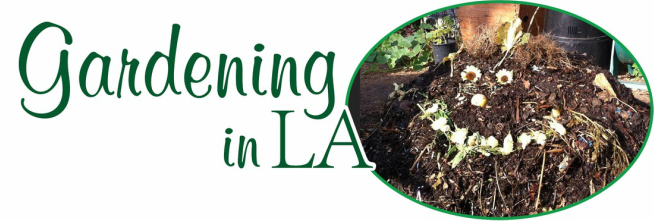
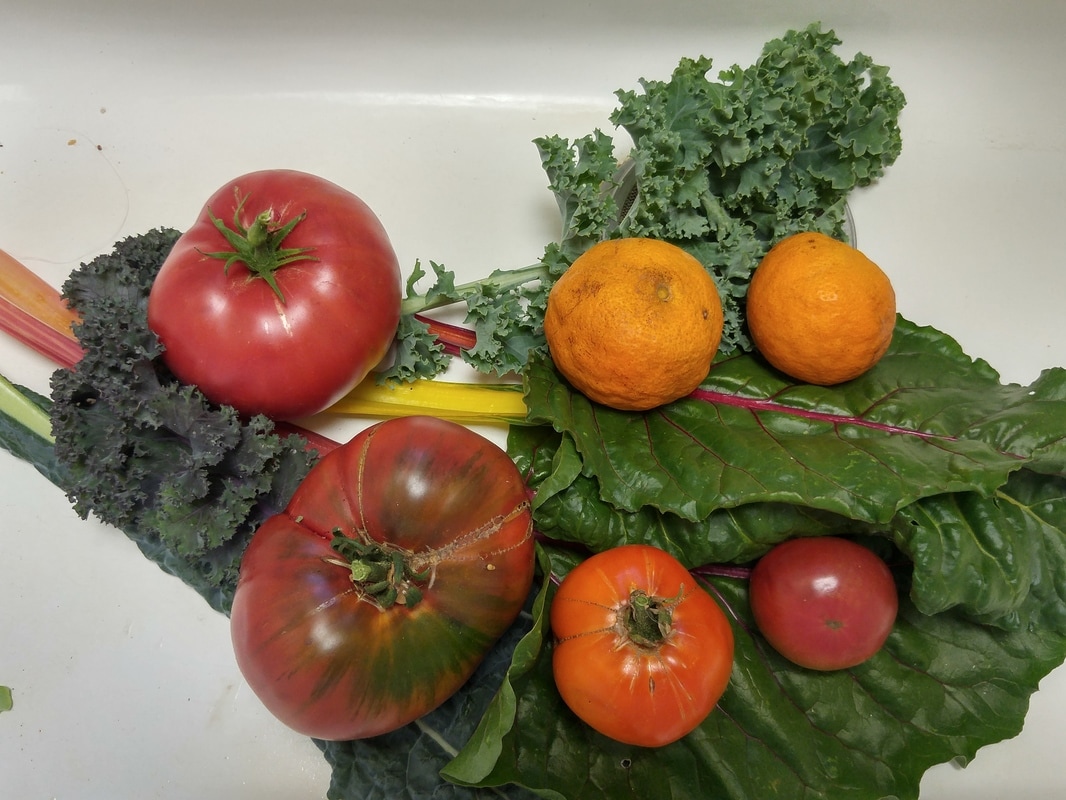
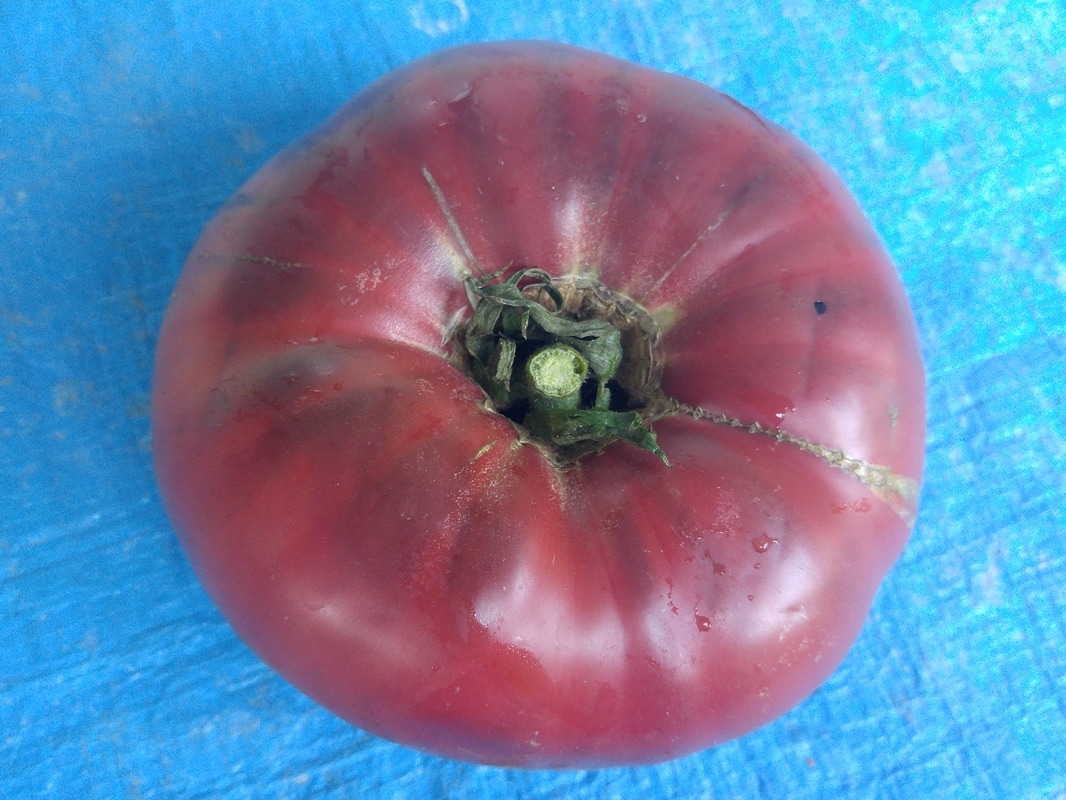
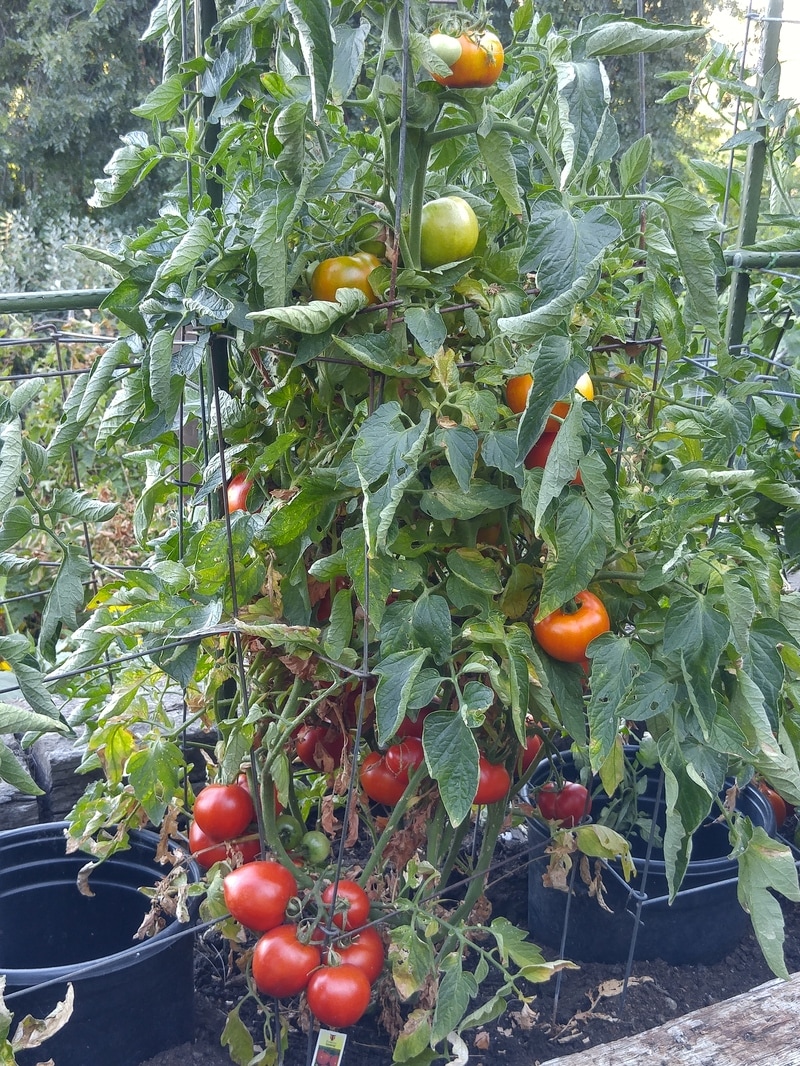
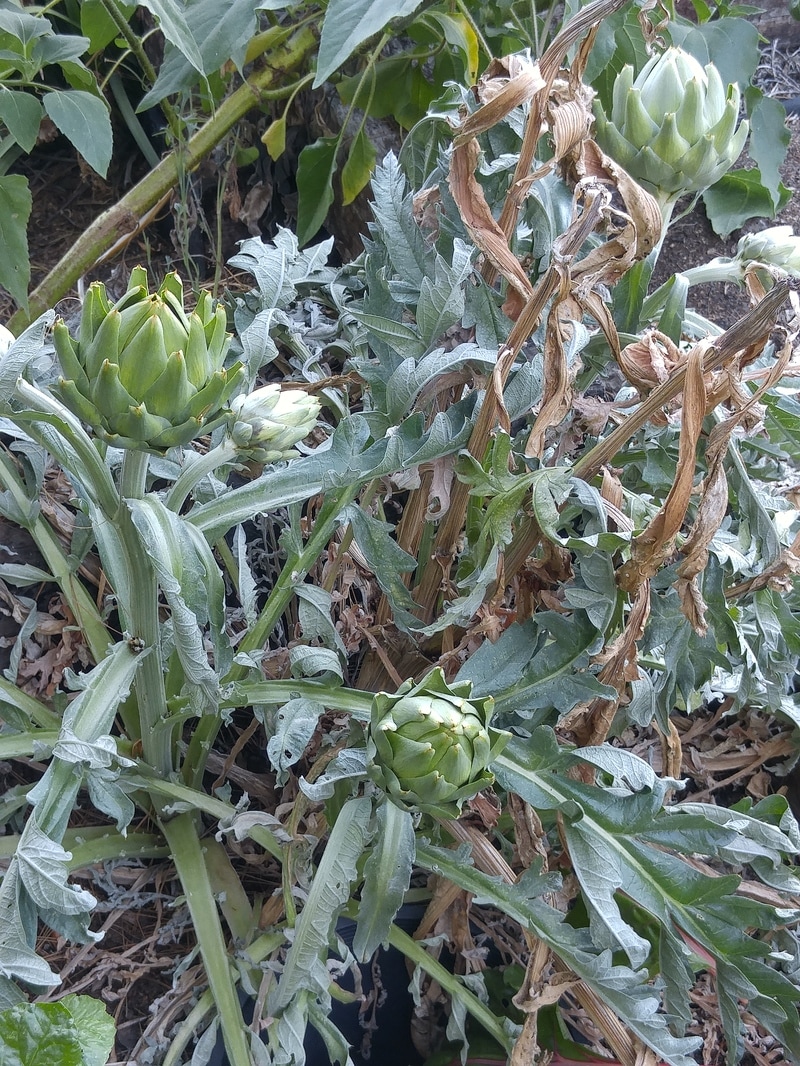
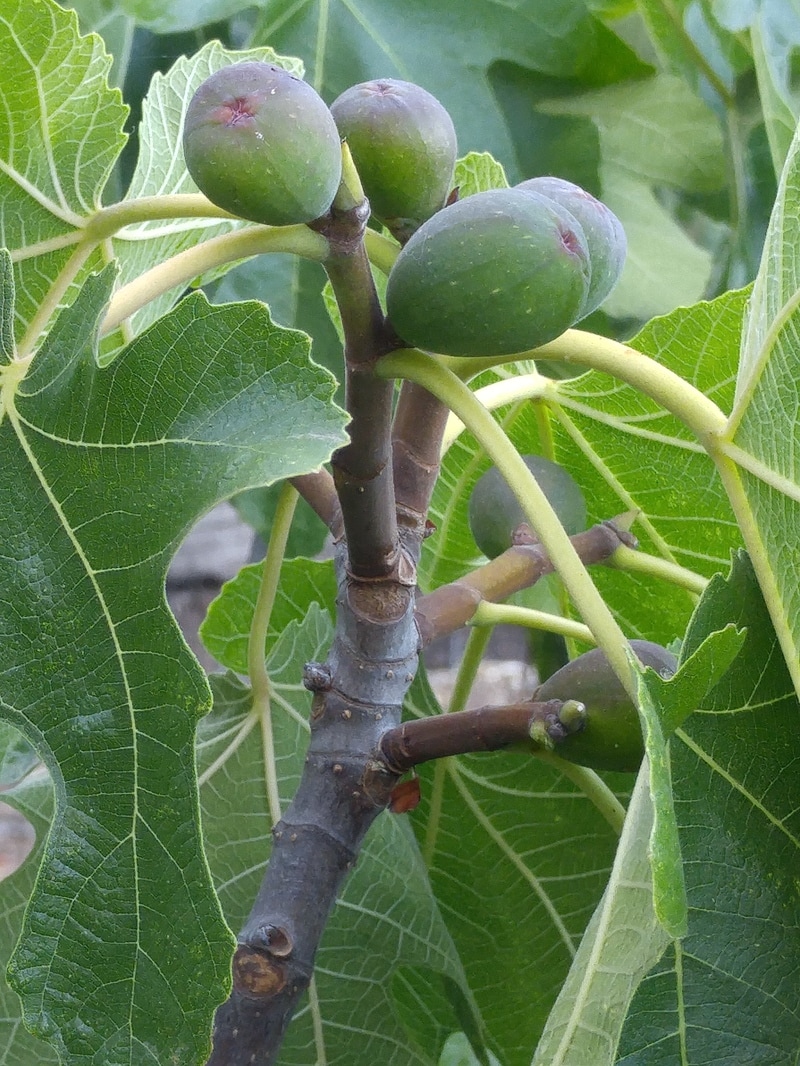
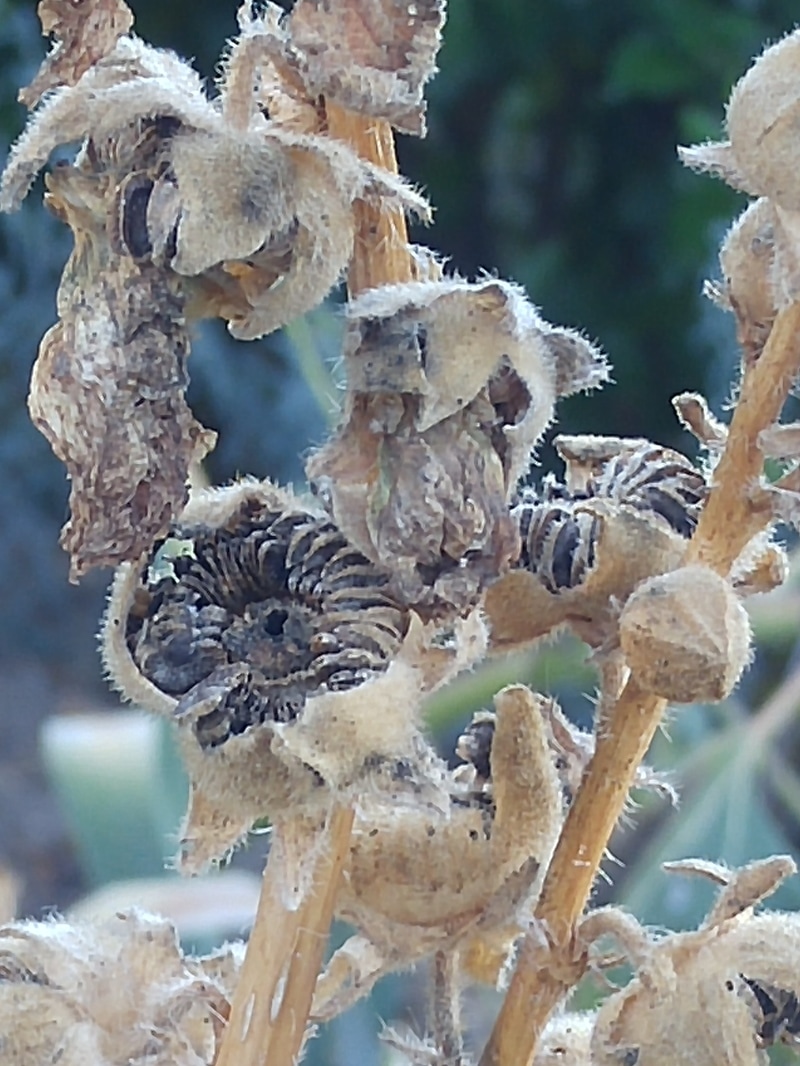
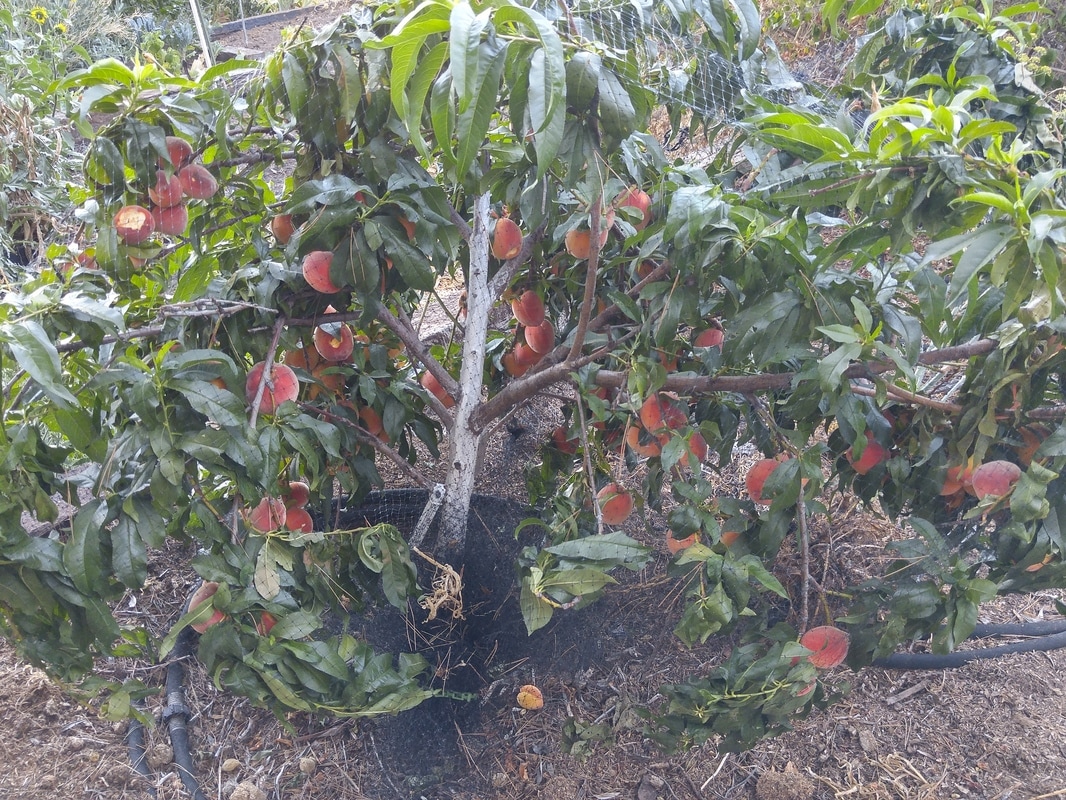
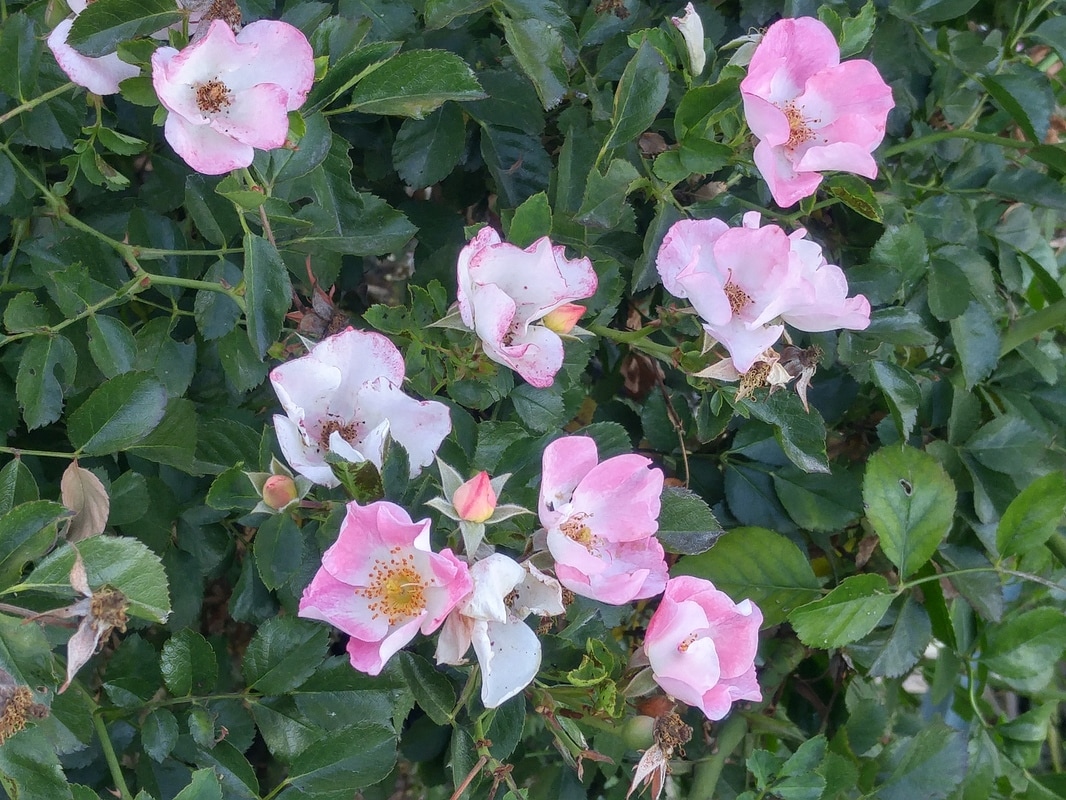
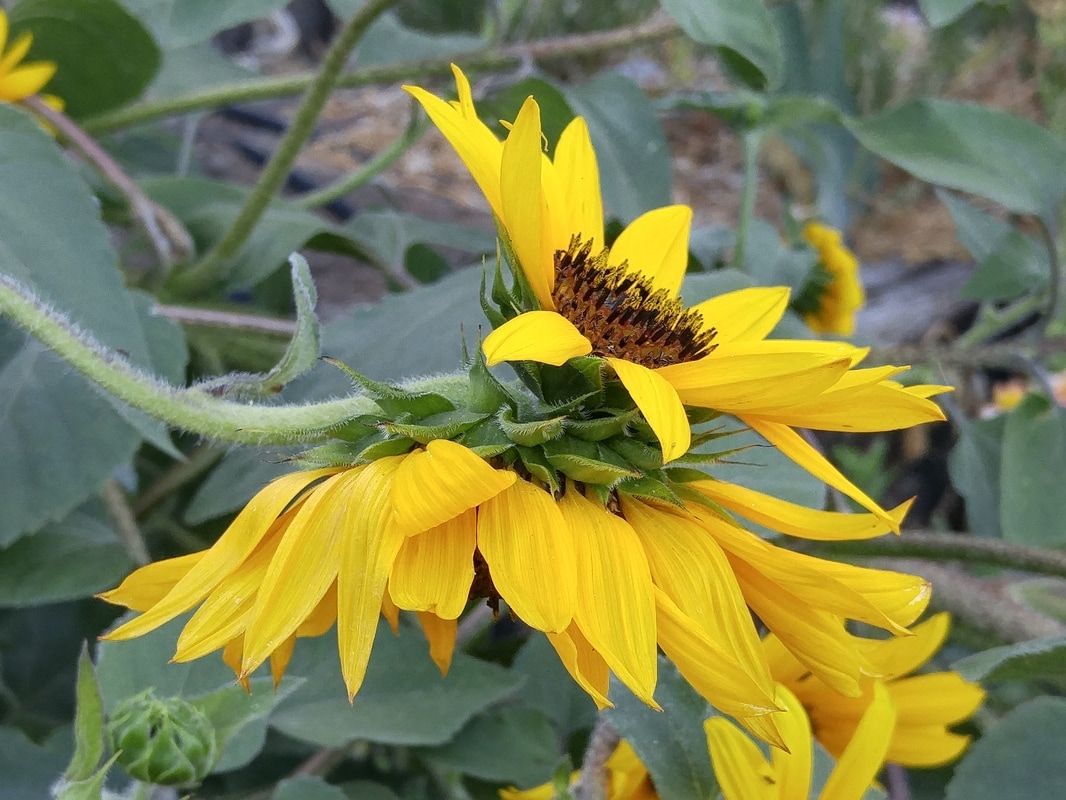
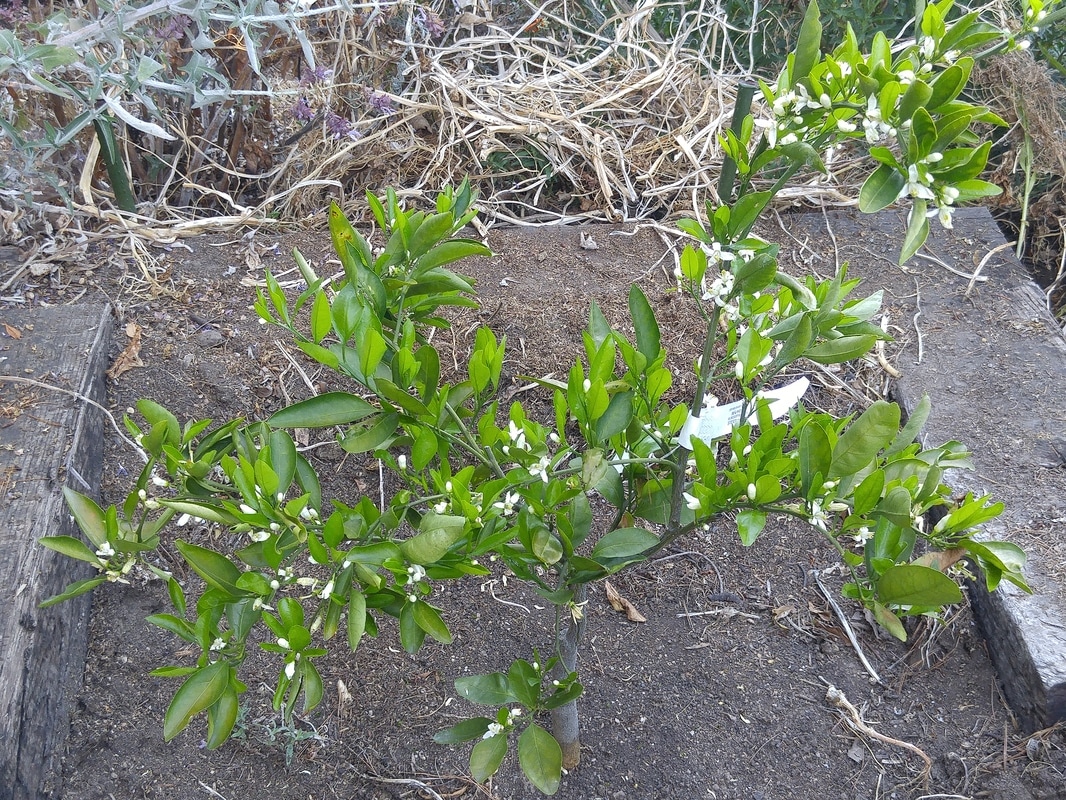
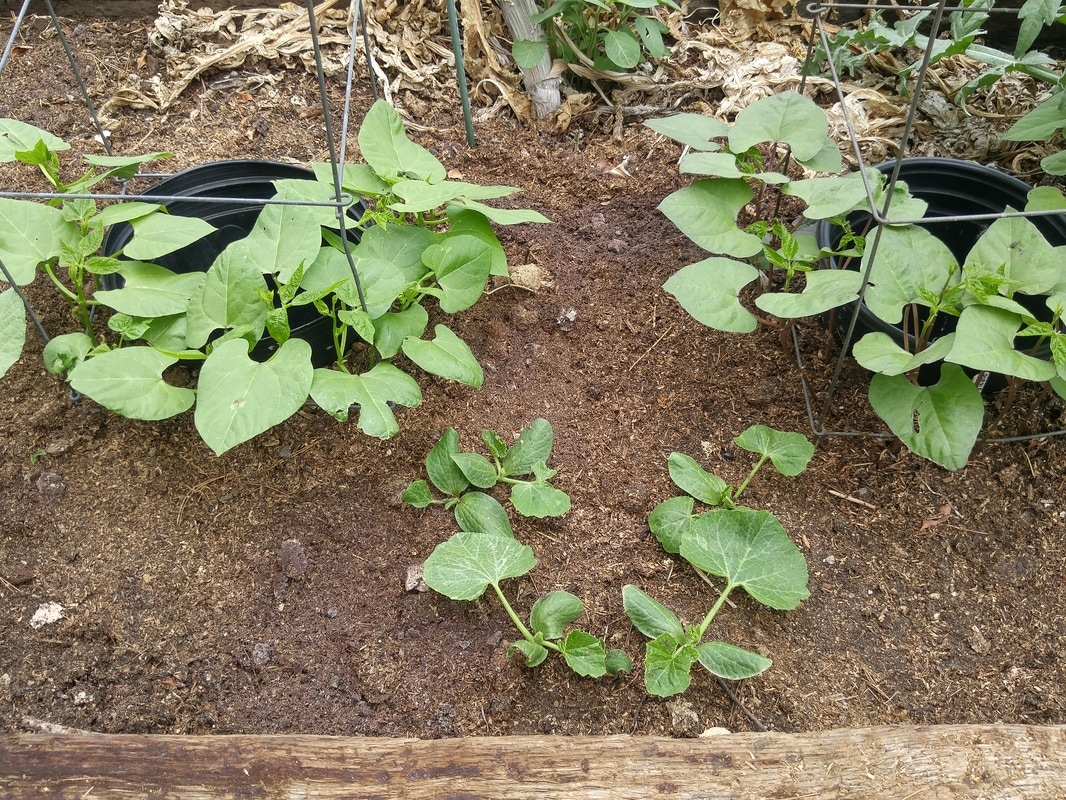
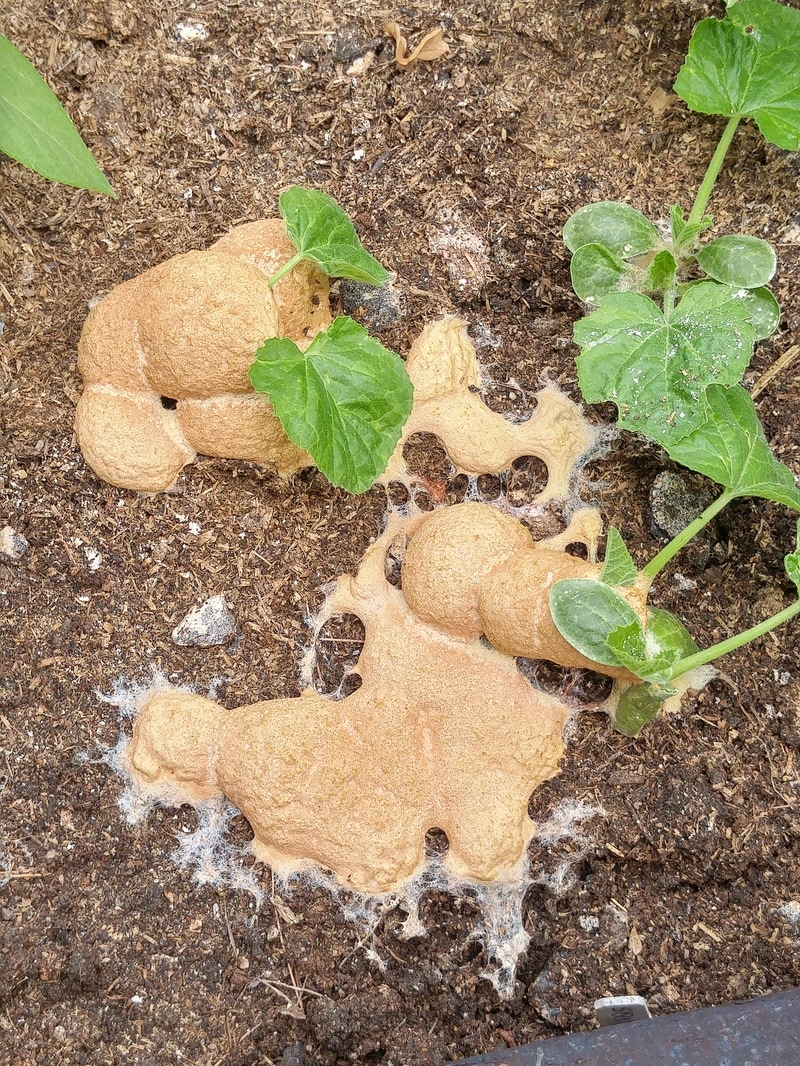
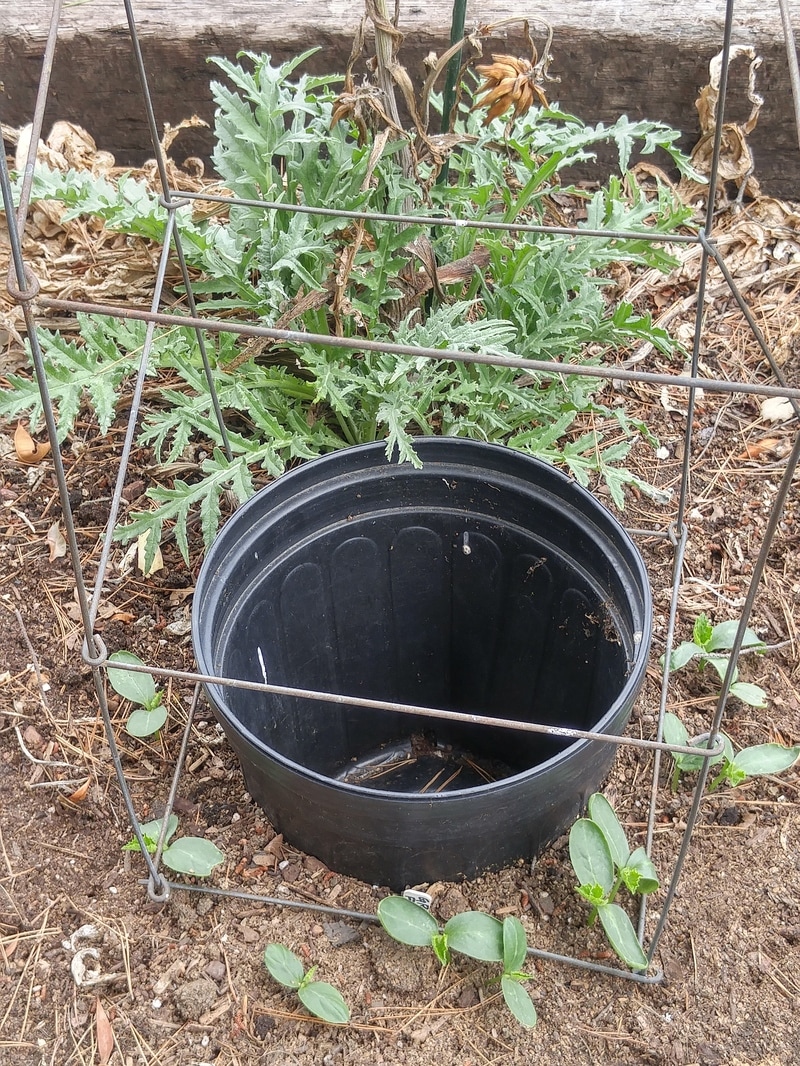
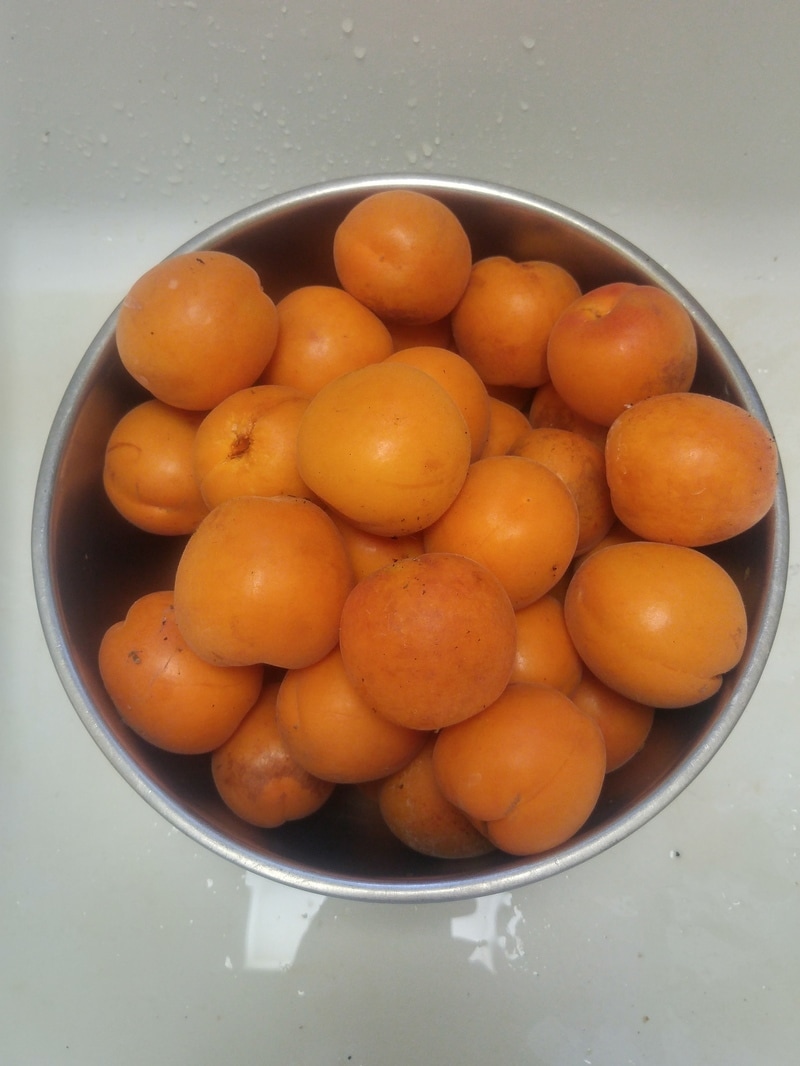
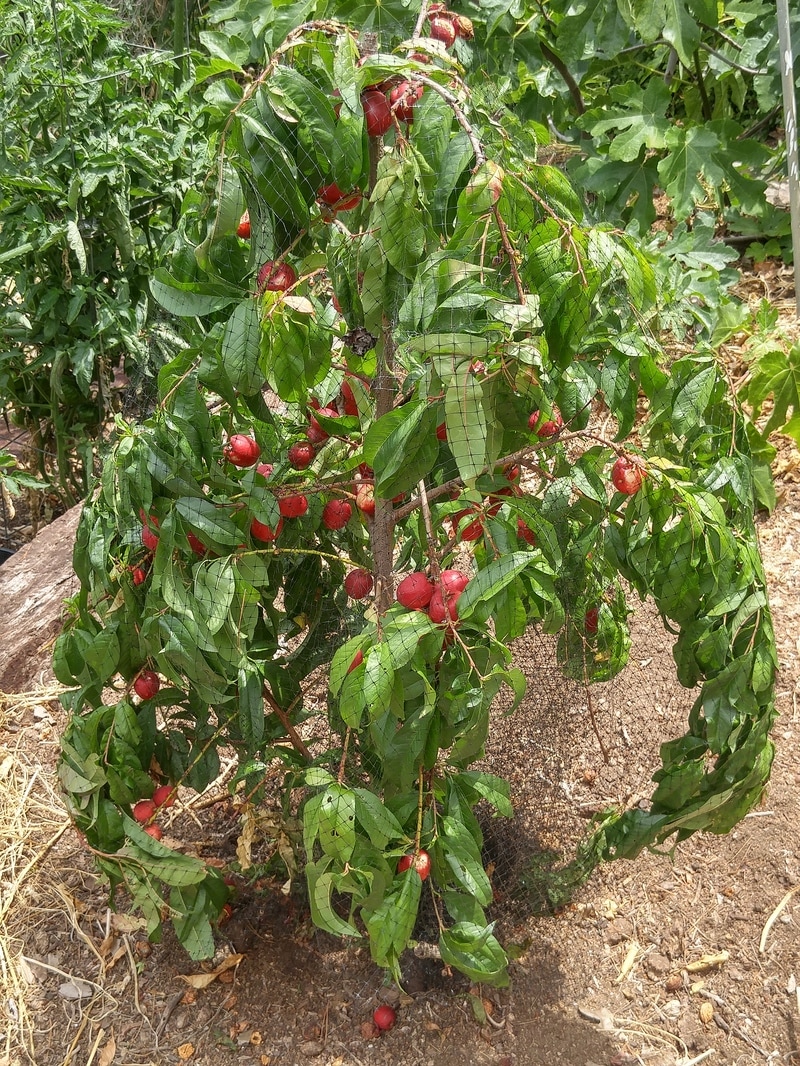
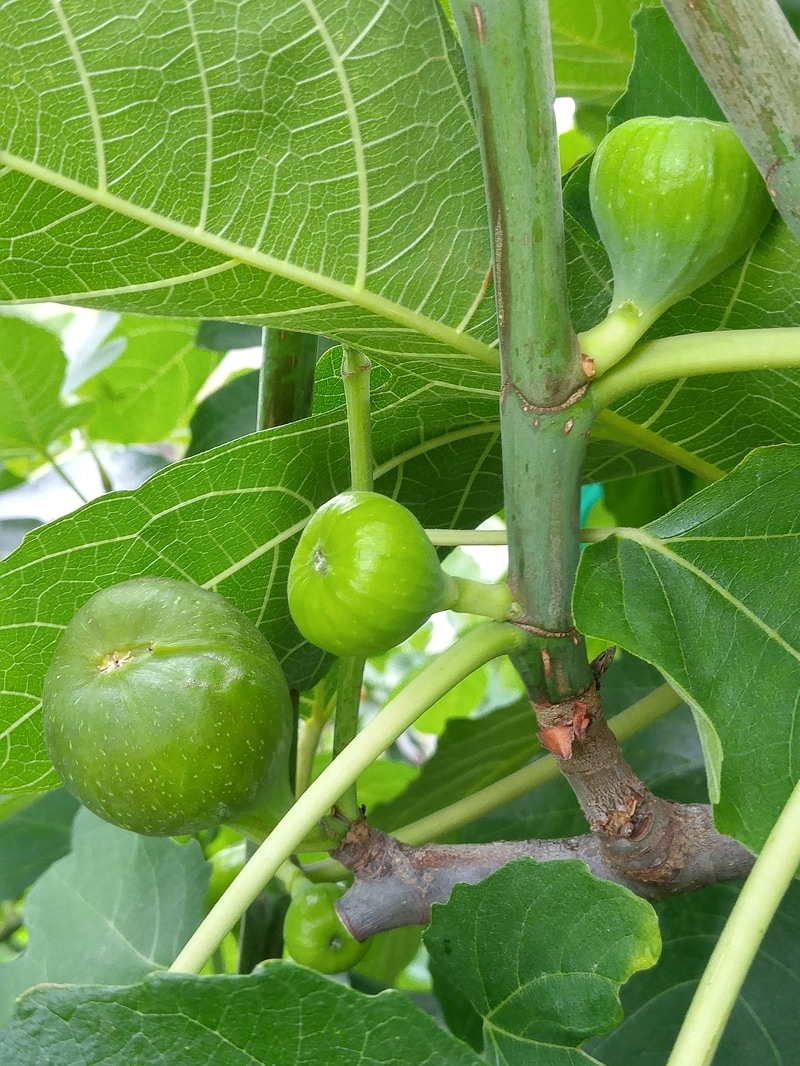
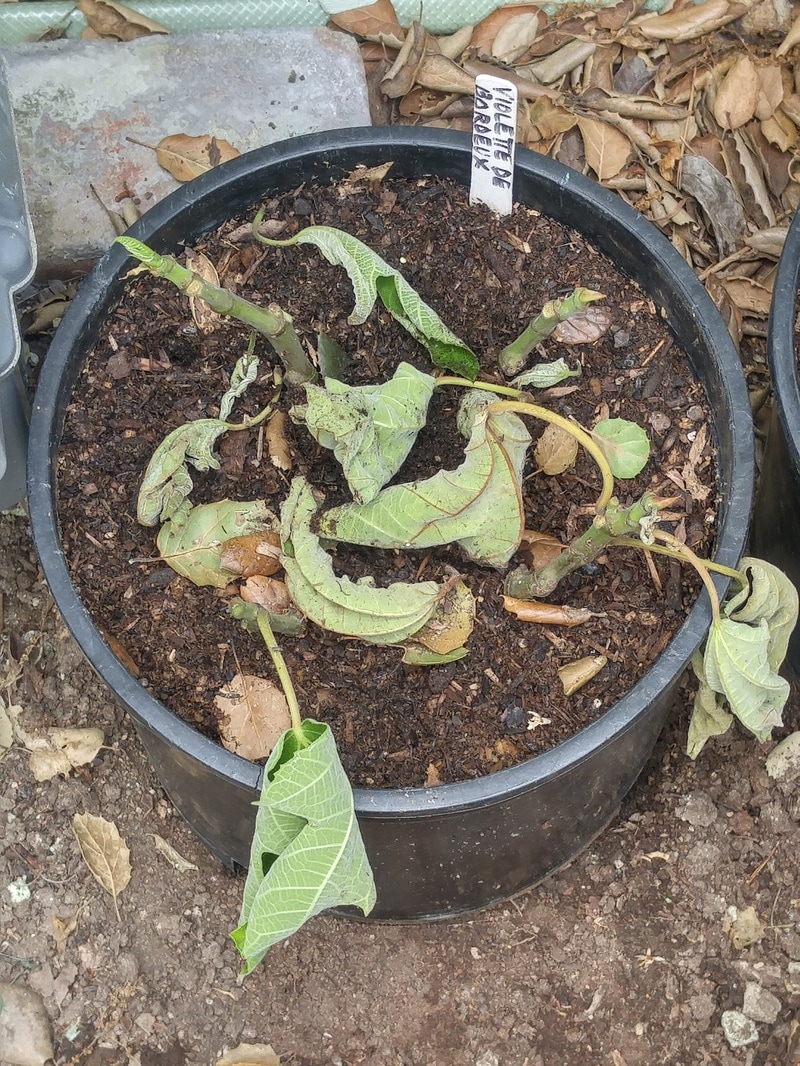
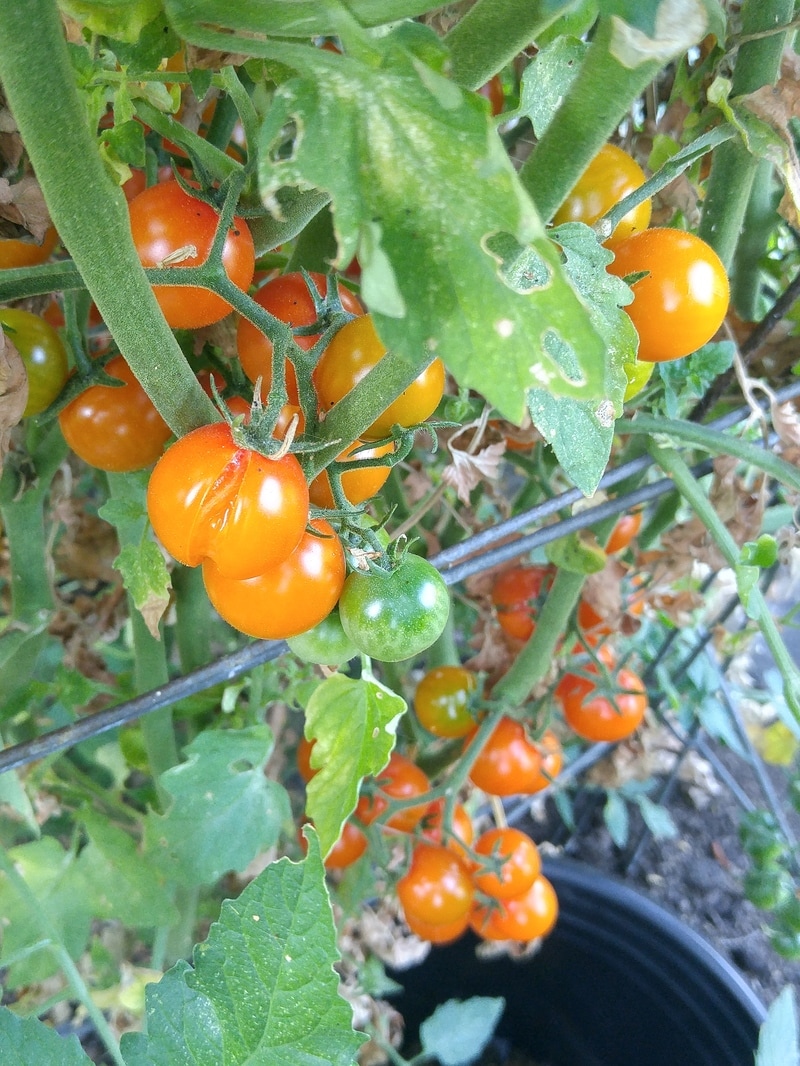
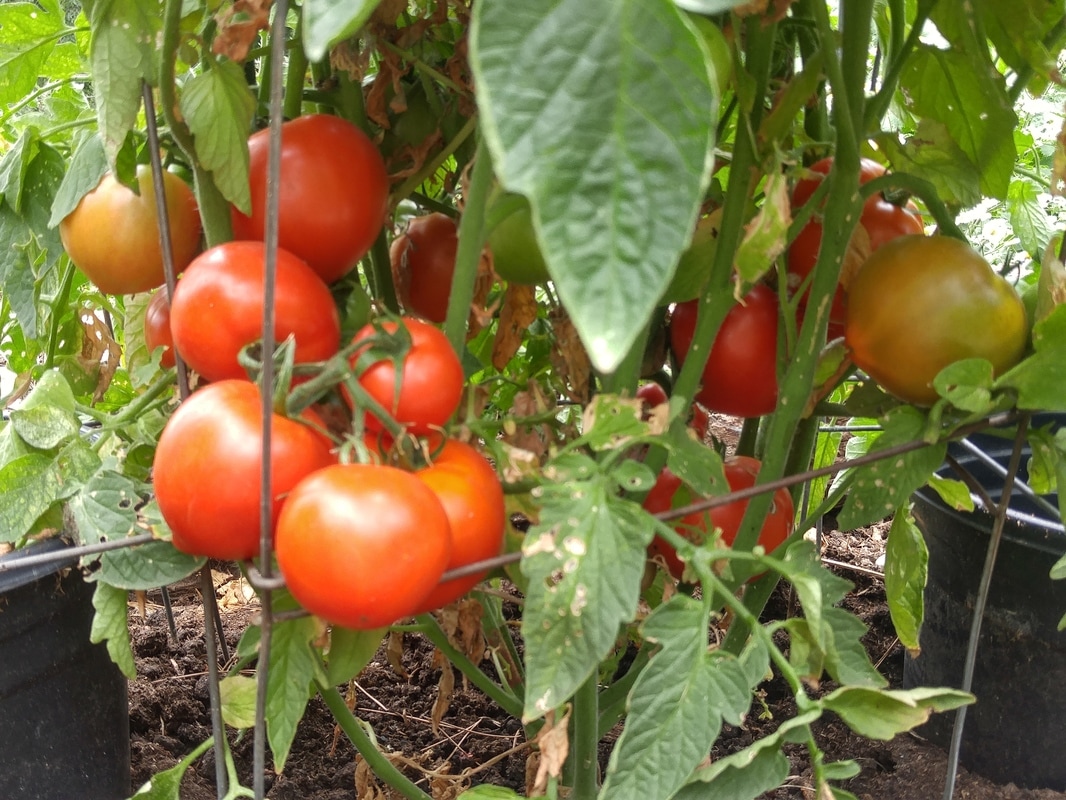
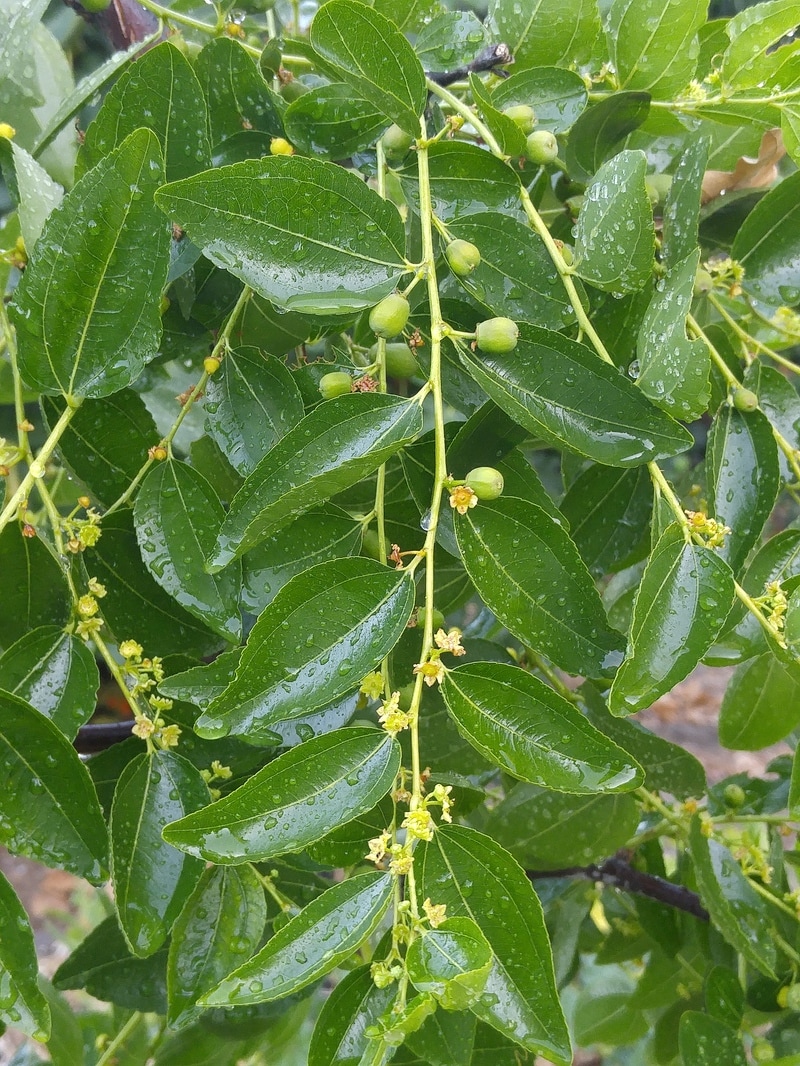
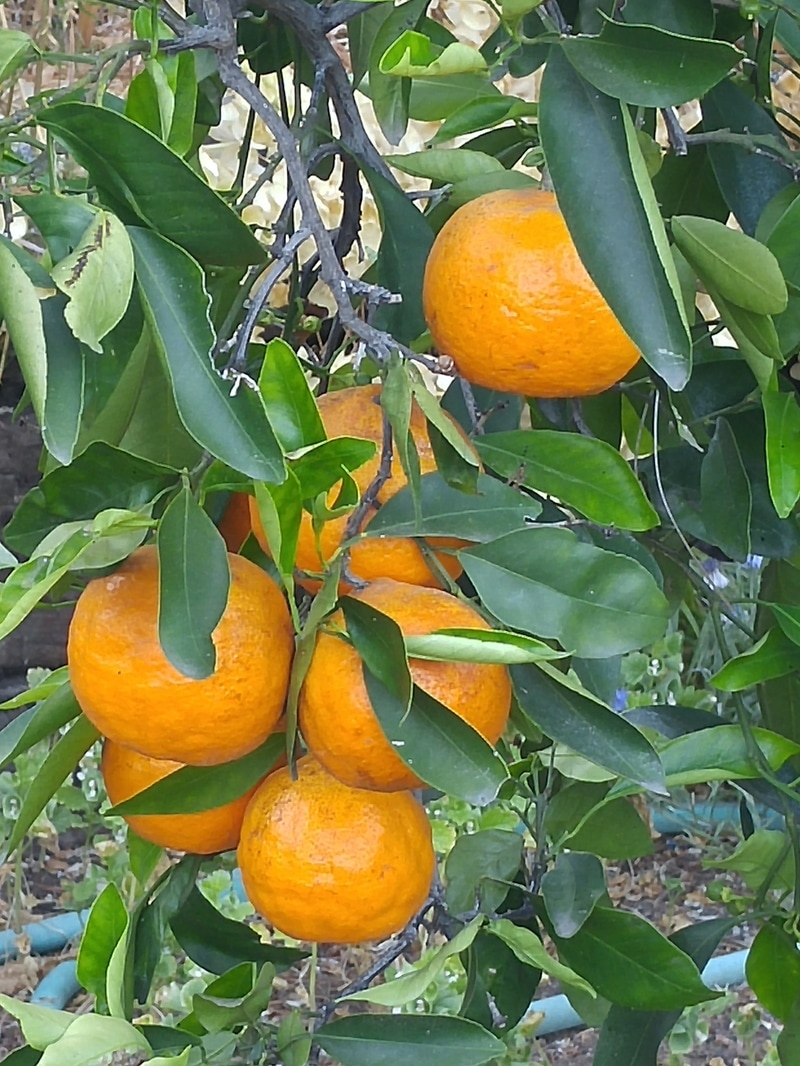
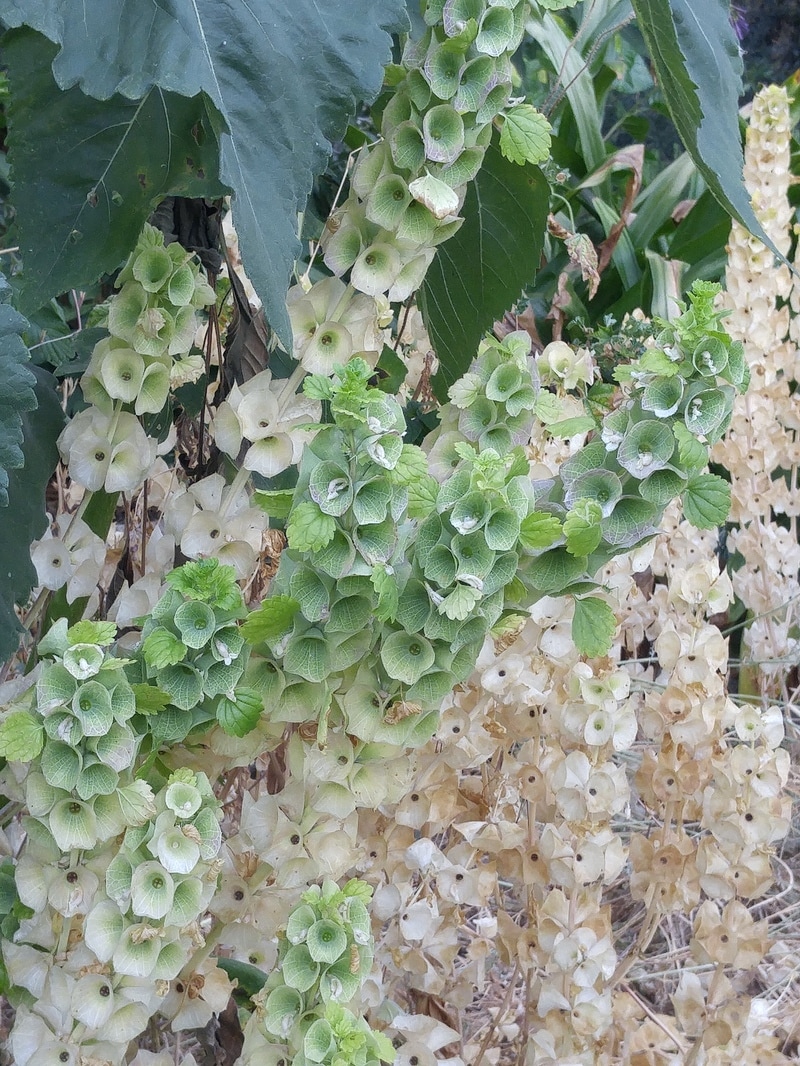
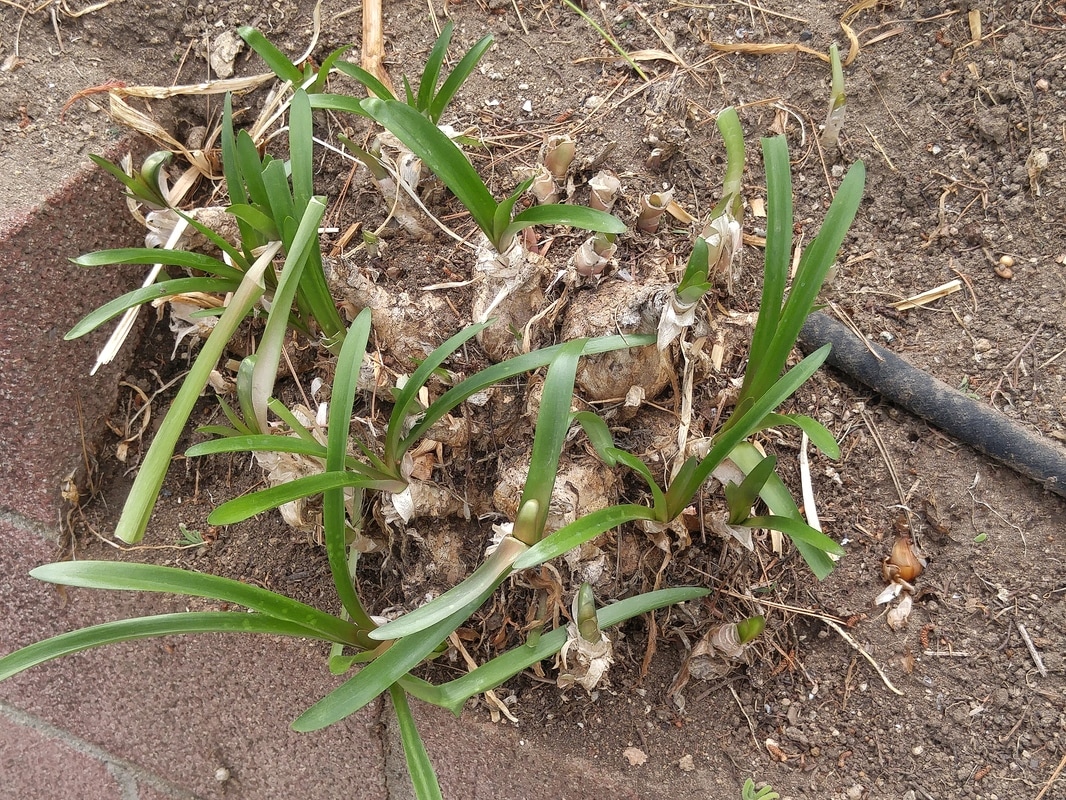
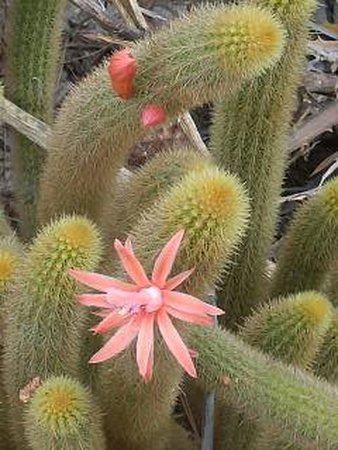
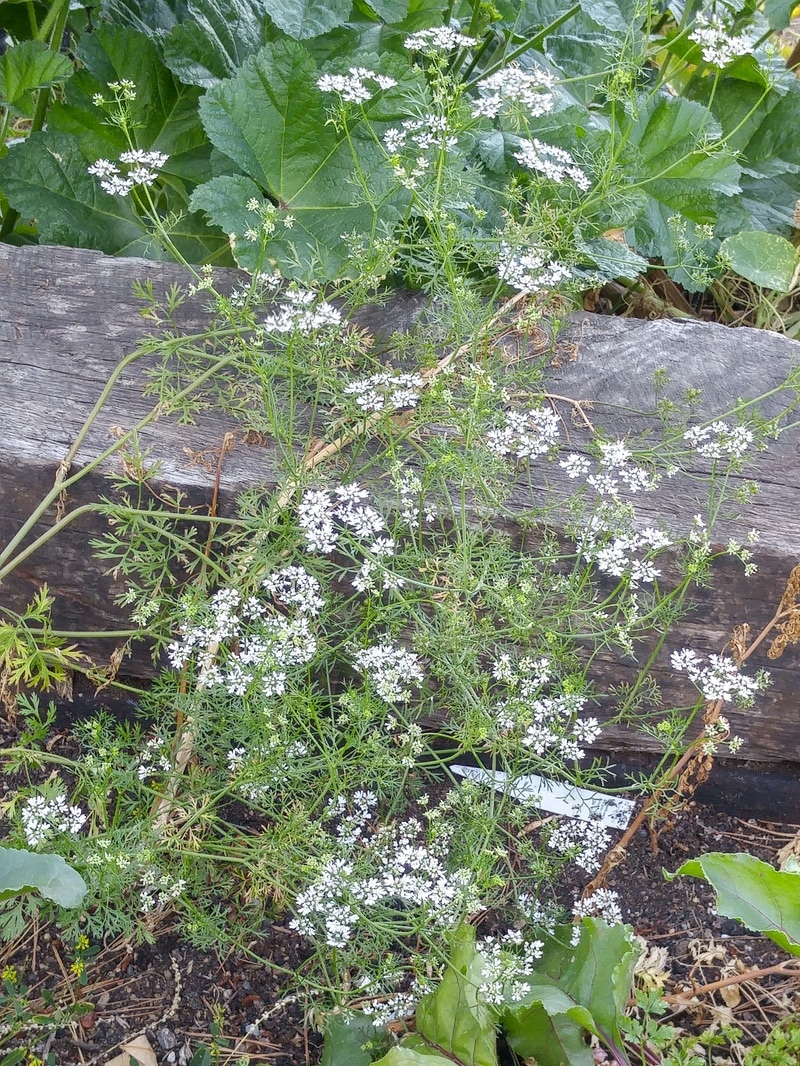
 RSS Feed
RSS Feed